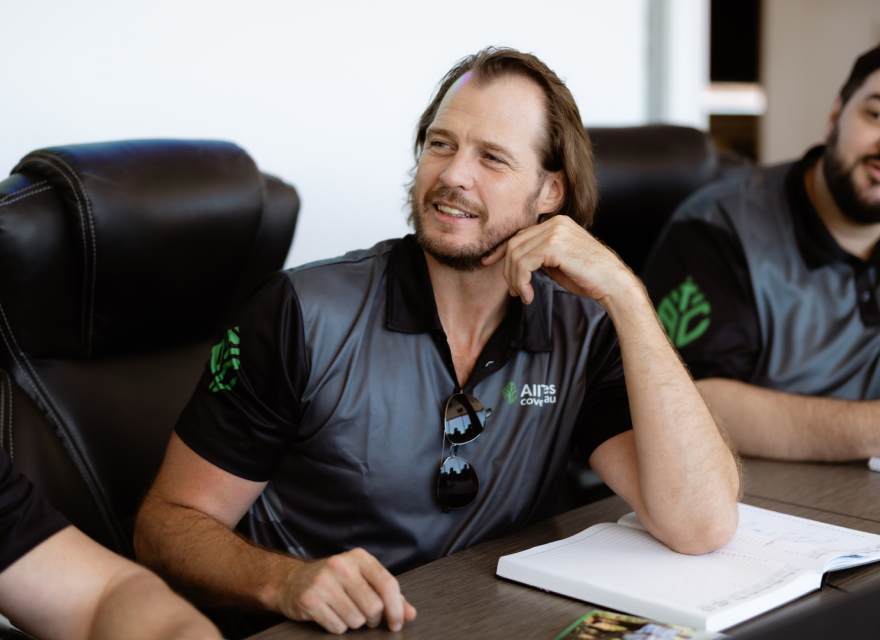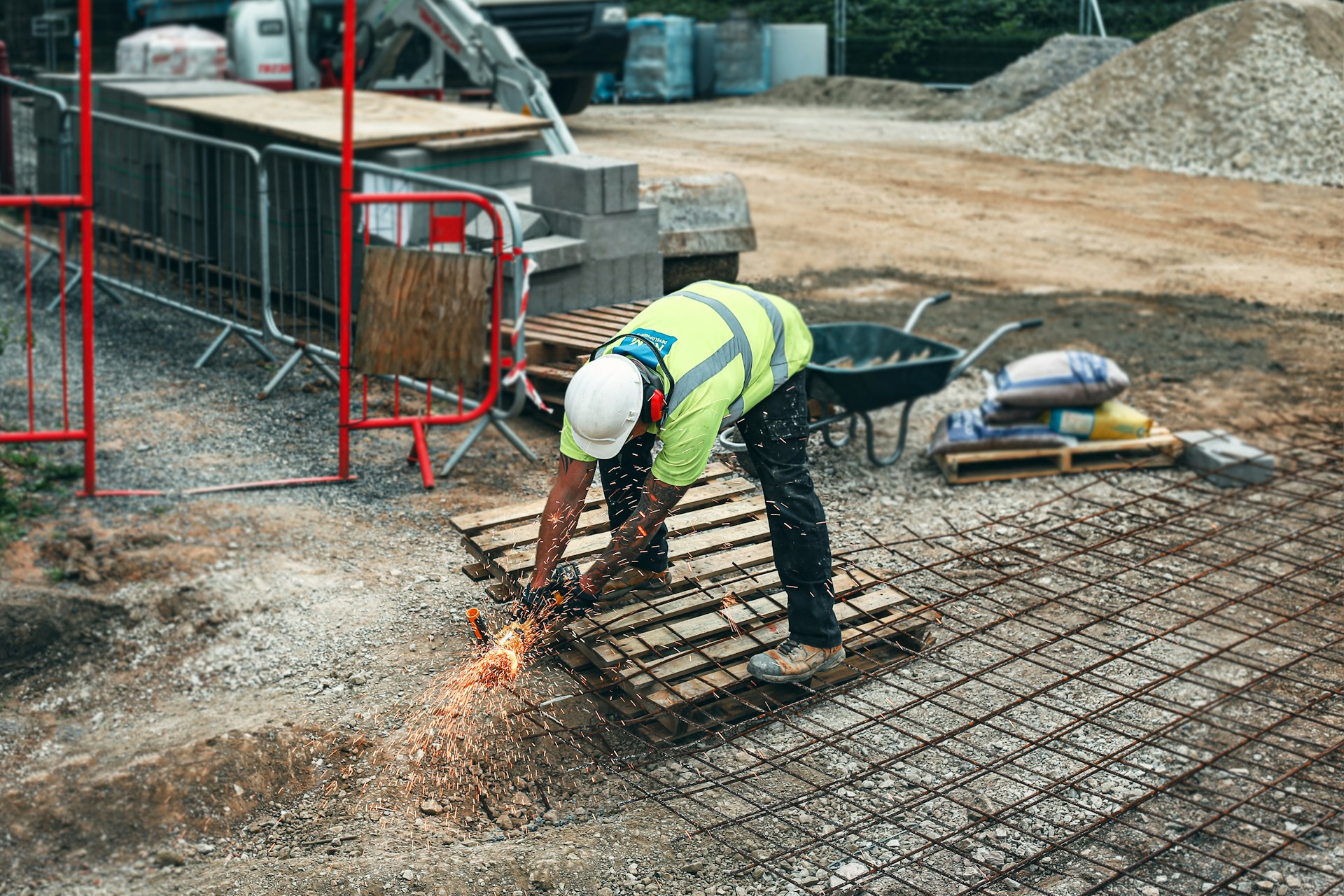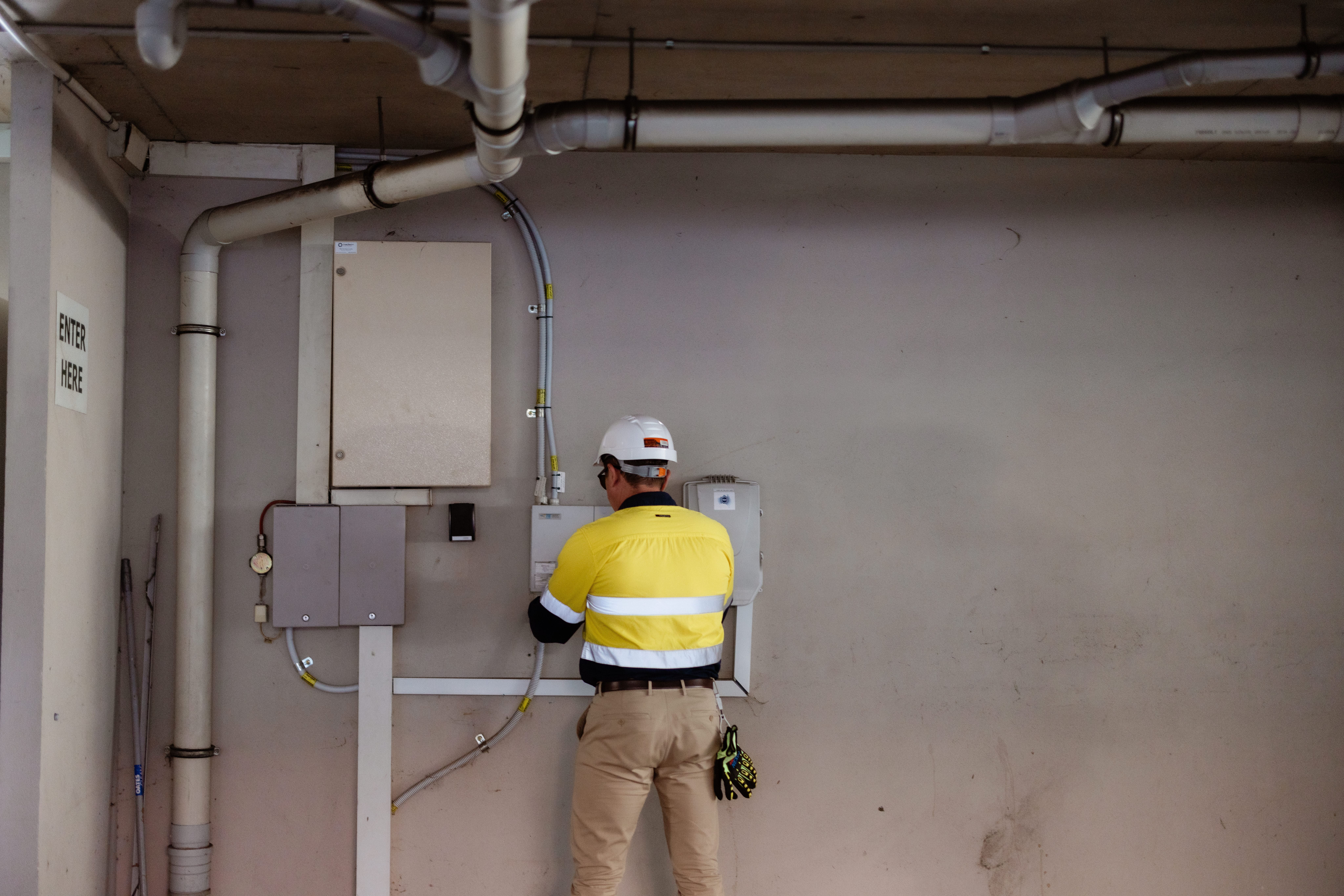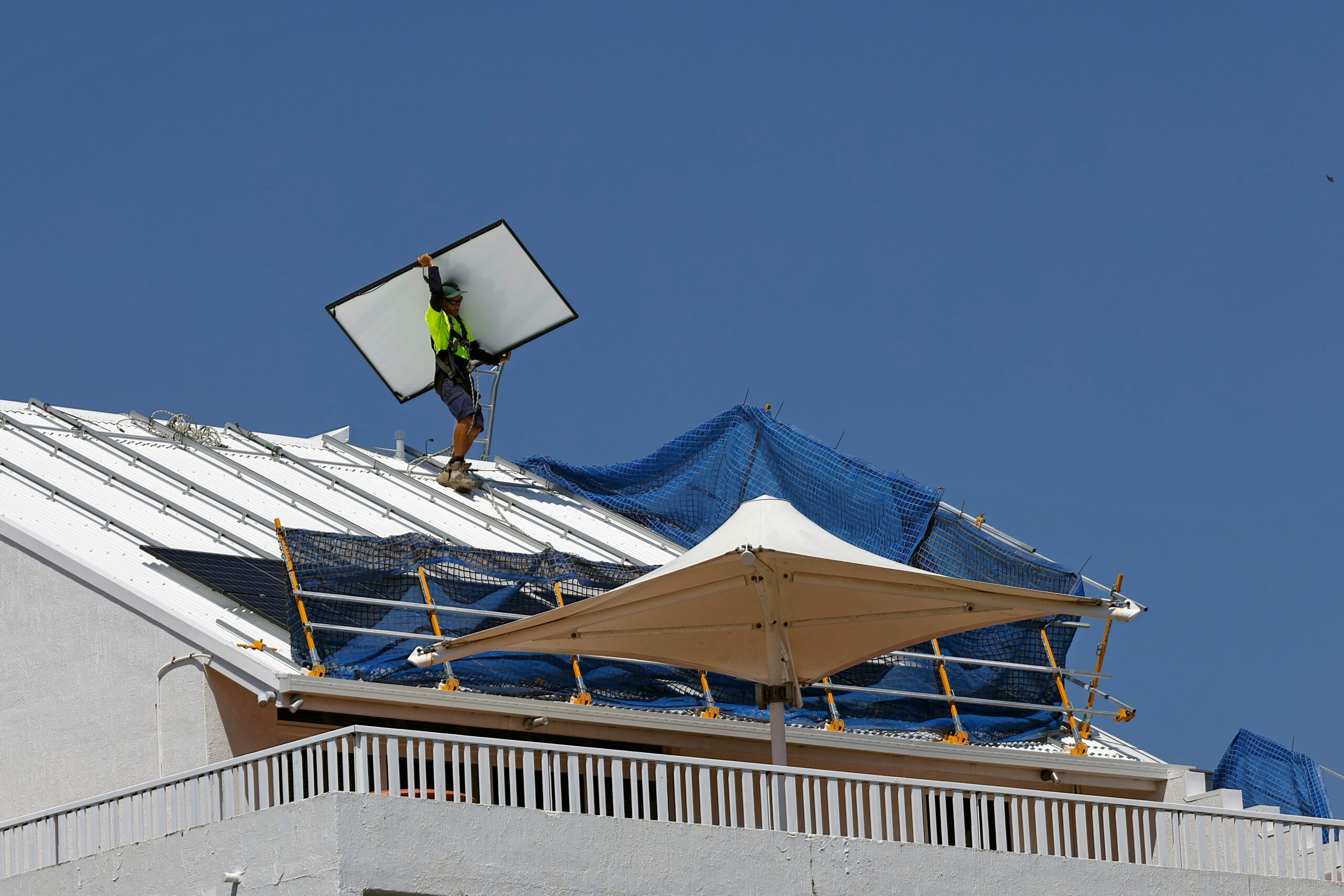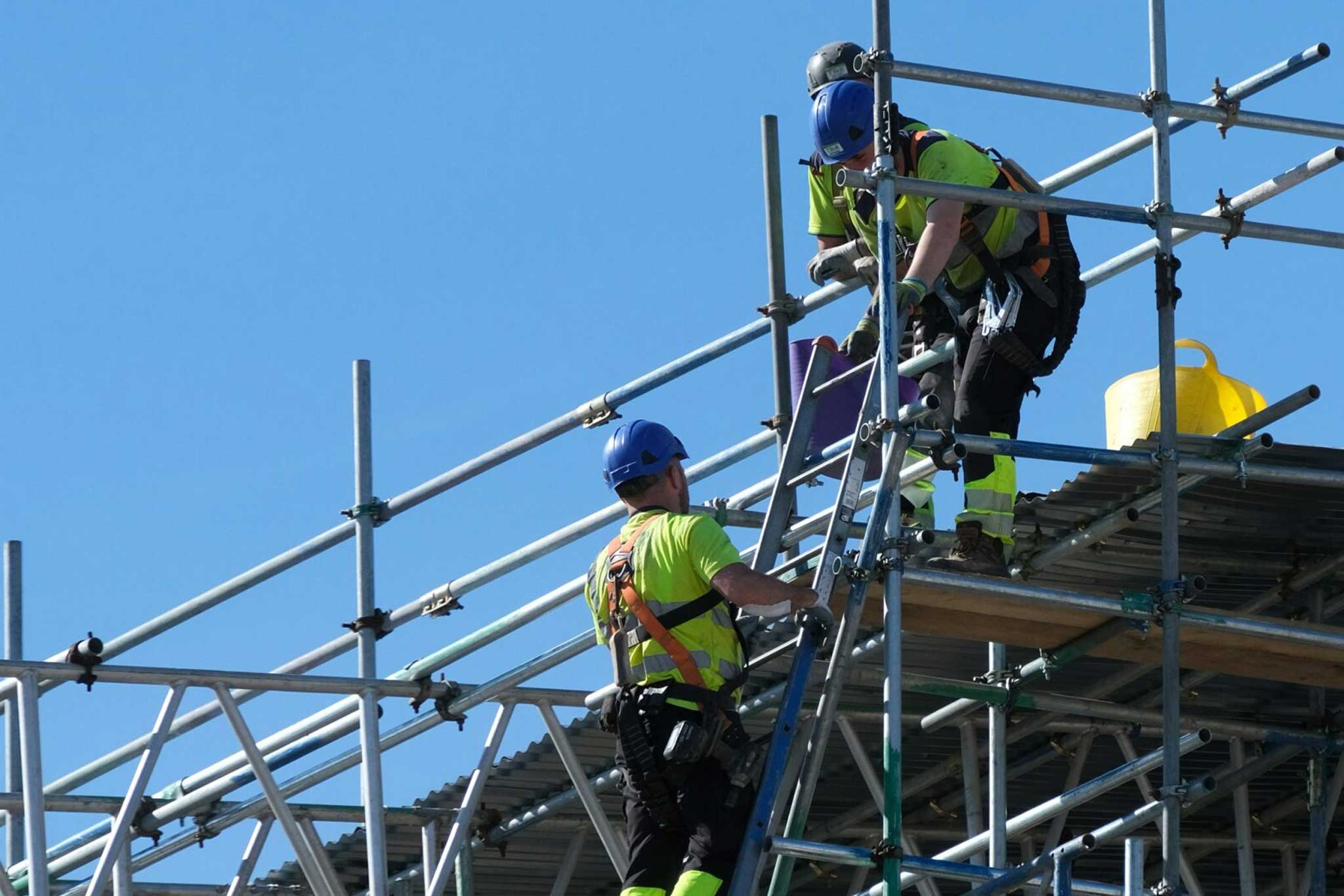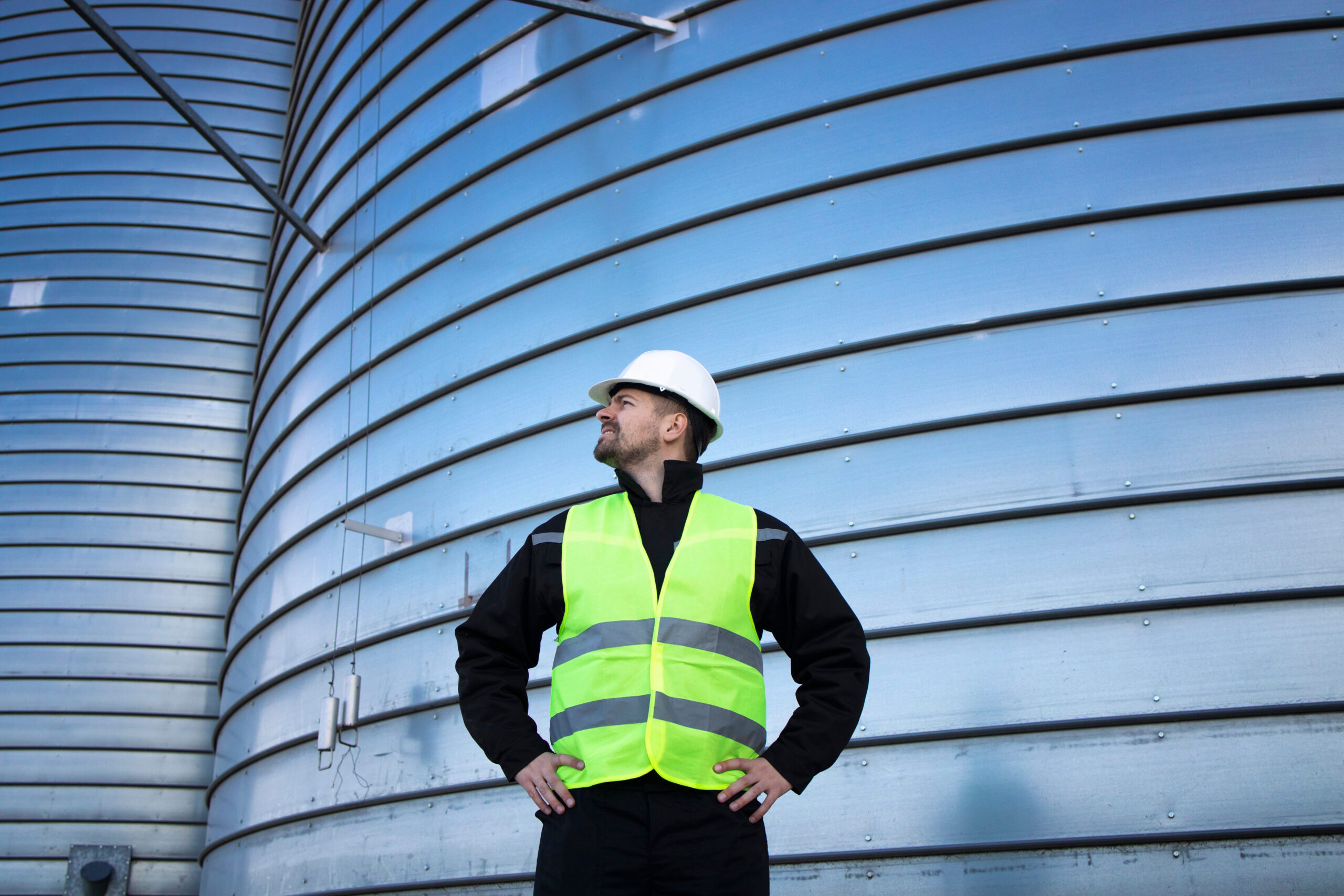Key Takeaways:
- Public Liability Insurance protects your business if your work causes injury or property damage
- Most tradies pay $500–$1,200 per year, depending on trade, turnover, cover level and location
- Higher-risk work like roofing or arborist jobs may push premiums closer to $2,000+ annually
- Cover limits usually range from $5 million to $20 million, and requirements vary by job or contract
- Your claims history, subcontractor use, and where you operate all impact your pricing
Running your own business means taking responsibility for a lot more than just the work itself. Whether you’re quoting a kitchen reno, rewiring a property, or managing a team on site, there’s always a chance something could go wrong, and if someone else cops the damage, that’s where Public Liability insurance steps in.
But how much is Public Liability insurance in Australia, and what affects the price?
This guide breaks it all down. From the real cost ranges tradies are paying in 2025 to the key factors that influence your premium, here’s what you need to know before choosing a policy.
What is Public Liability insurance?
Public Liability insurance protects you if your work accidentally causes damage to someone else’s property or results in an injury to a third party.
That could mean:
- A homeowner tripping over your extension lead
- A client’s car getting scratched on-site
- A bystander injured due to a dropped tool
It covers things like legal costs, repair or replacement bills, and compensation payouts. Most sites, especially council, commercial or government jobs, won’t let you on without it.
You’ll usually need it sorted for residential builds, shop fit-outs and commercial projects. If you’re quoting work that falls under builder, plumbing or carpenters insurance, Public Liability is often the first thing they’ll ask for, and most clients will want the paperwork before the job even kicks off.

What affects the cost?
How much your Public Liability insurance will cost you comes down to risk: how likely it is that something could go wrong on the job and what it might cost if it does.
Here’s what insurers look at when they’re pricing a policy.
1. The type of work you do
Some trades are naturally riskier. Roofing, structural steel, arborist, and excavation jobs usually come with higher premiums due to the potential for injury or property damage. Lower-risk trades like carpentry or consulting might sit at the cheaper end.
Not every insurer rates trades the same. One might offer better rates for an electrician’s insurance, another for heavy plant operators. That’s why shopping around, or working with an experienced insurance broker, can make a difference.
2. Turnover and business size
More jobs mean more exposure. That’s why most insurers use your turnover or number of workers (or both) to gauge your premium.
- A solo operator on $80k? You’ll likely pay the minimum.
- A growing business with a crew and a $500k turnover? Expect a higher premium to reflect that added risk.
If you’ve just started, this also helps set expectations: going part-time won’t always mean paying less if you’re already at the minimum premium.
3. Your level of cover
Most tradies choose between $5 million, $10 million, or $20 million in cover.
- The jump from $5m to $10m often costs less than you’d think.
- Big jobs may require more cover, along with custom clauses like Principal’s Indemnity or Cross Liability.
If you’re quoting commercial projects or working under a builder or council, it’s worth confirming the requirements up front.
4. Location
Stamp duty rates vary by state, which affects your total premium. If you’re in NSW, you might even qualify for a stamp duty exemption under $2 million turnover.
Your postcode also matters. High-traffic zones with bigger claims histories usually cost more. That means a commercial plumber in Sydney’s CBD may pay more than a handyman in rural WA, even if their revenue is similar.
5. Claims history and subbies
Past claims raise red flags for insurers. Even small ones can nudge your premium higher, while a clean record can help keep it lower.
Subcontractors are another biggie:
- Some policies cover them. Others don’t.
- If you rely heavily on subs — say, as an arborist or boilermaker— your insurer will want to know.
The more you outsource, the more important it is to check what your policy covers and what it doesn’t.
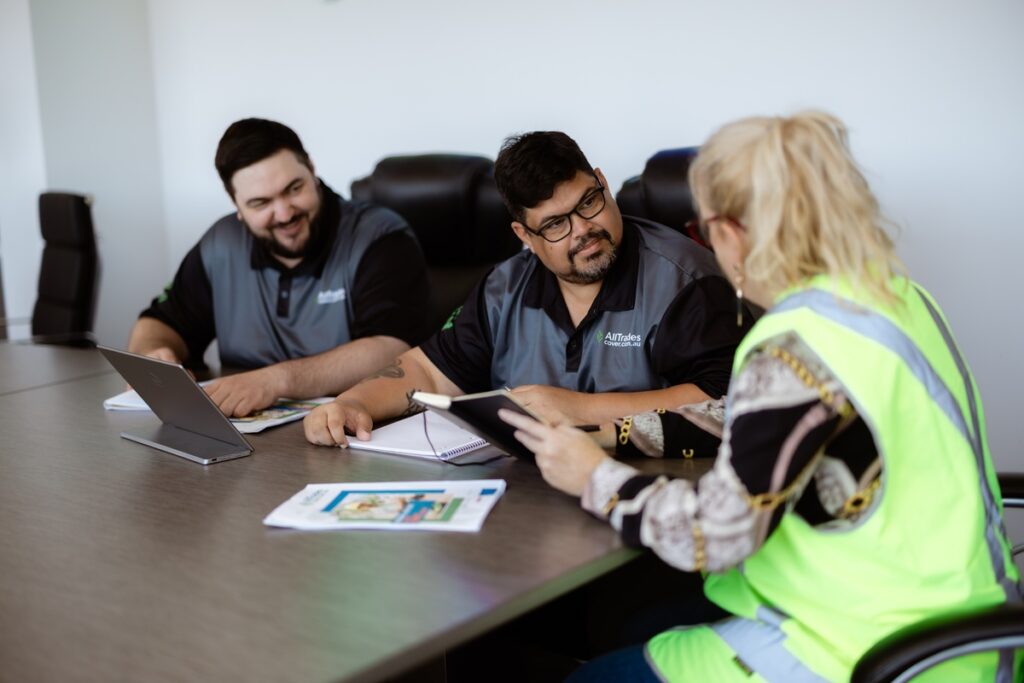
How much is Public Liability insurance?
With all the moving parts, the final cost can vary a lot. But for most tradies, it’s possible to get a solid policy without breaking the bank.
Here’s what Public Liability insurance typically looks like in 2025 for small trade businesses:
| Annual turnover | Cover level | Estimated premium (per year) |
|---|---|---|
| $80k–$120k | $5 million | From $470/year |
| $150k–$250k | $10 million | Around $700–$1,200/year |
| $250k+ | $20 million | $1,500–$2,200/year |
A handyman working locally on small jobs may sit at the lower end of the range. Someone who quotes commercial plumbing or runs excavation crews will likely be toward the top.
Keeping your premium fair without cutting corners
A cheap policy that doesn’t hold up in a claim is no help, but there are smart ways to avoid overpaying.
- Only pay for what you need. Make sure your cover reflects the work you actually do, not extras that don’t apply.
- Avoid small claims where possible. Handling minor issues yourself can help keep your claims history clean.
- Check your subcontractor setup. If you work with any subcontractors, confirm who’s covered and what your policy expects.
- Review your cover each year. As your business changes, your insurance should keep up.
- Bundle where it makes sense. Combining Public Liability with Tool cover, Personal Accident & Illness, or trade-specific policies like builders or welders insurance can still be a smart move. While each policy is priced separately, having your cover in one place makes it easier to manage and helps ensure nothing slips through the cracks.

What to check before you choose a policy
Before locking anything in, make sure your policy actually fits the way you work. Ask yourself:
- Does it cover the type of work you do, not just your trade title?
- Is the cover limit high enough for the jobs you’re quoting?
- Are subcontractors or labour hire included if you use them?
- Are there any exclusions that could leave you exposed?
- Can the policy be adjusted as your business grows or shifts?
Trades like plumbing, roofing, or mining contracting often deal with tighter site rules and stricter paperwork. Having the right cover is more than a formality. It’s what keeps you on site and protected when something goes wrong.
Not sure if your current policy stacks up? Reach out for a quick review to our team at All Trades Cover and make sure you’re covered where it counts.
So, what’s the bottom line?
Still pondering the question, ‘how much is Public Liability insurance?’ For most tradies and small business owners, it lands somewhere between $500 and $1,200 per year. If you’re running a higher-risk operation or managing a bigger team, it may be more, but it always comes back to the level of risk and protection your work requires.
It’s one of the most important policies to have sorted out. From quoting garden makeovers to running pipes or managing commercial builds, one mistake can lead to serious costs. Public Liability is the cover that helps stop that from landing on your back pocket.

Let’s find the right cover and the right price
If your business comes to a halt when you do, Public Liability isn’t just a nice-to-have. It’s the backup that keeps things moving when something goes wrong.
At All Trades Cover, we give tradies straight-up advice and tailored protection that matches the way you actually work.
If you’re asking How much is Public Liability insurance for me?’ Let’s walk through your options and build a policy that makes sense.
Get a quick quote from our team today and only pay for what you need.
Frequently Asked Questions
- Can I get Public Liability cover if I already have other trade insurance?
Definitely, in fact, Public Liability is one of the most common add-ons to builders, carpenters or landscaping insurance. It can also be bundled with Tool cover or Personal Accident insurance for broader protection.
- Do I need Public Liability insurance as a sole trader?
Yes, even if you’re working on your own, you’re still liable if something goes wrong. Most clients, sites or contracts will expect you to have it before the job starts.
- How much Public Liability cover do I actually need?
That depends on what you’re quoting. Smaller jobs might only need $5 million, but $10 million is pretty standard now, especially for commercial or council work. Bigger projects may ask for $20 million or specific clauses.
- Will my Public Liability premium go up if I make a claim?
It can. One-off claims might not make a huge difference, but a few in a row could bump up your costs. Keeping a clean history helps in the long run.
- What if I use subcontractors? Does that shift my Public Liability cover?
Some policies cover a small portion of subbie costs, but not all do. If you work with subcontractors regularly, it’s worth checking your cover or getting advice before you sign anything.
